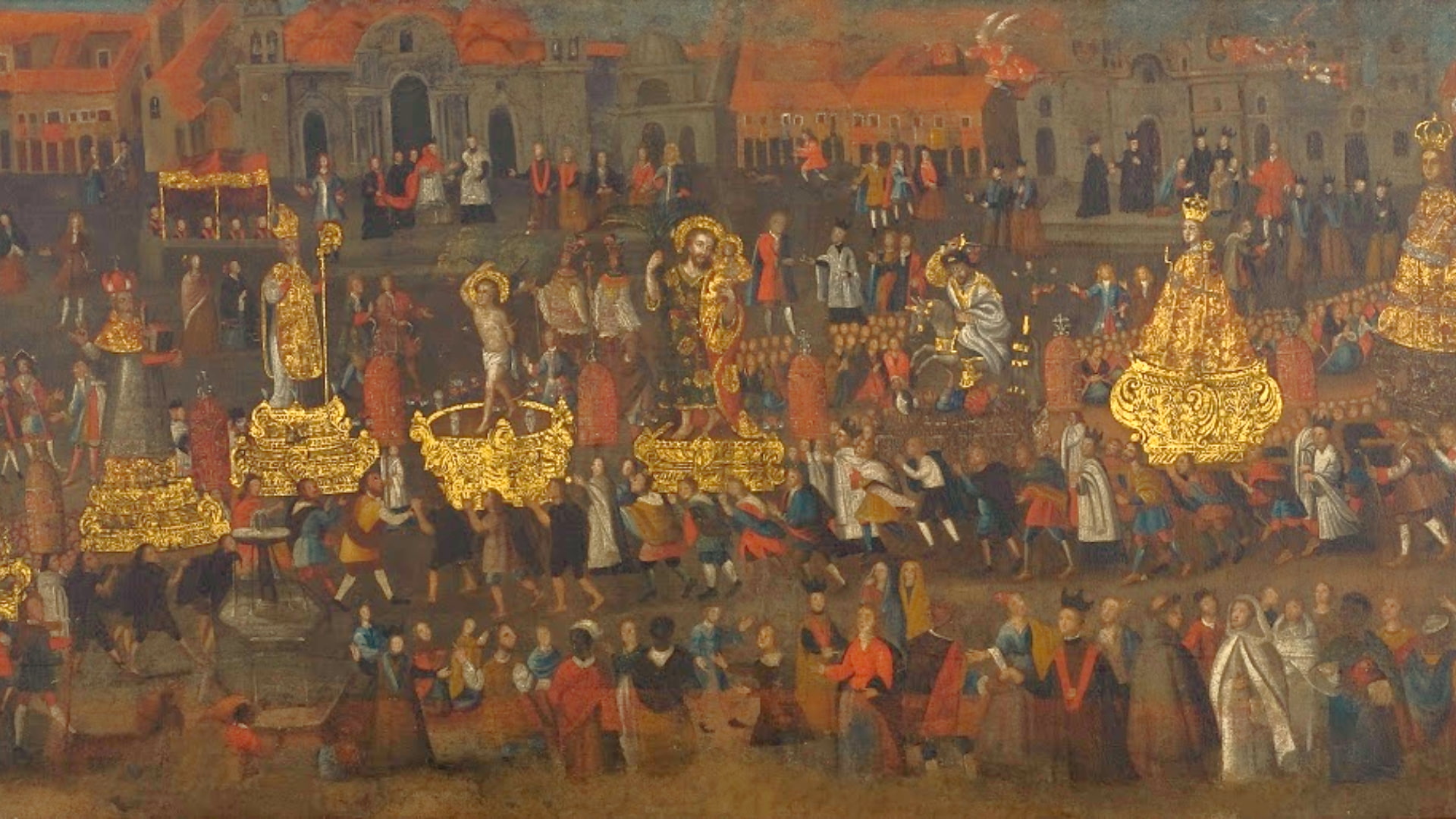Corpus Christi in Cusco is one of the most important and vibrant religious celebrations in Peru. For over 450 years, the city has honored this event with unmatched devotion.
This sacred tradition brings together saints, virgins, and faithful from all neighborhoods of Cusco. It reflects a deep blend of Inca rituals and Catholic beliefs.
Historical Roots of Corpus Christi in Cusco
During the 16th and 17th centuries, the Spanish colonizers established eight Catholic parishes in Cusco. These churches were built over ancient Inca shrines to promote Christianity.
Anonymous 17th-century colonial paintings already portrayed Corpus Christi processions. They showed people of all social classes walking together in faith and celebration.
This event blends the Catholic homage to the Eucharist with the Inca custom of carrying sacred mummies through the Plaza de Armas during rituals.
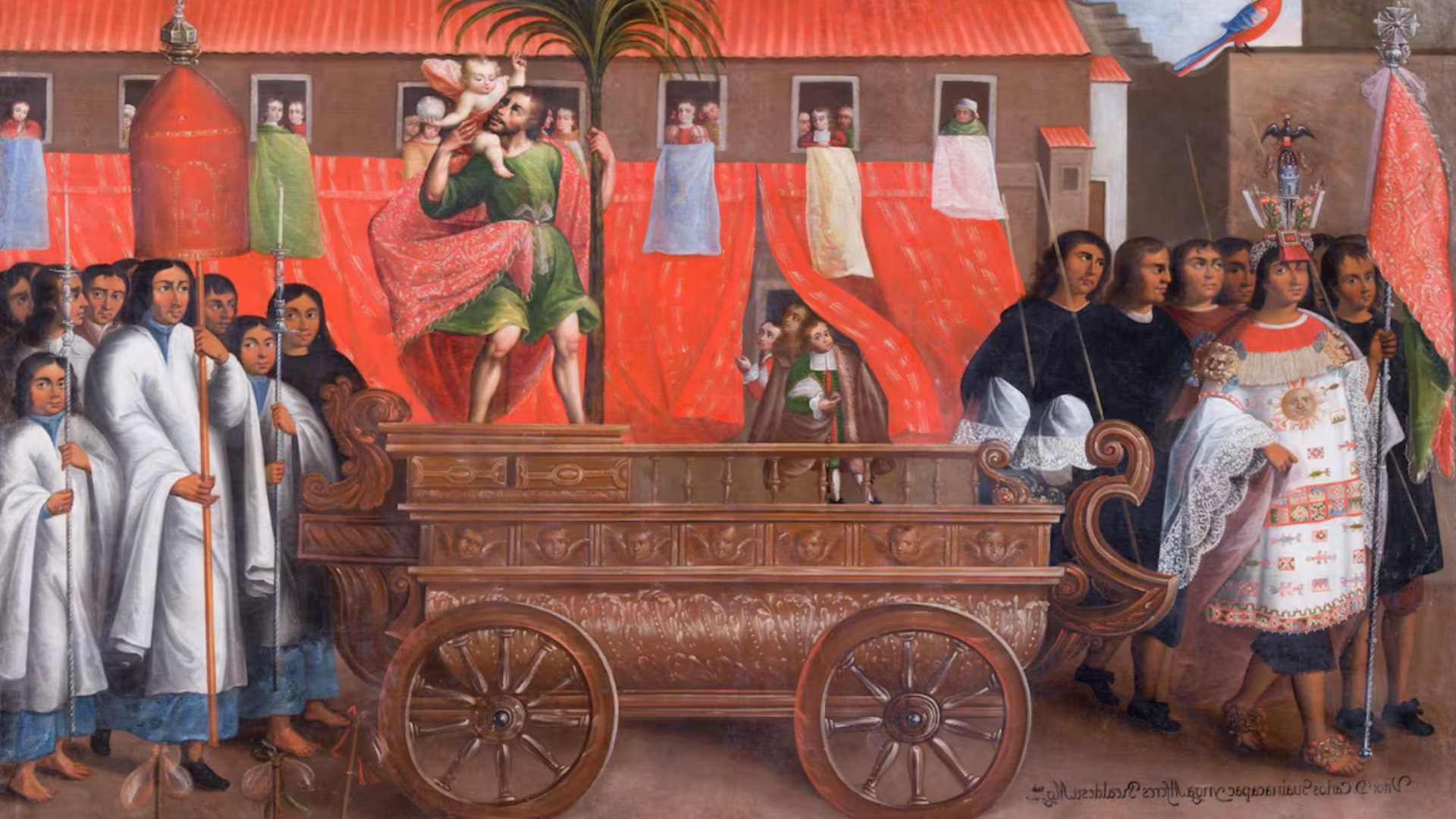
A Tribute to the Holy Eucharist
Corpus Christi honors the real presence of Christ in the Holy Host. The celebration takes place 60 days after Easter Sunday, usually in May or June.
For nine days, devotees accompany the patron saints of their Cusco parishes. Each image pays tribute to the body of Christ present in the Eucharist.
Devotion in the Preparations
From two to fourteen days before the main event, each parish begins preparing its sacred images. They are dressed in rich garments, jewels, and crowns.
Most of the clothing and adornments are donated by devotees. Each saint or virgin has unique features that distinguish it from the others.
The Church of Our Lady of Bethlehem, the oldest of all, is located in the former Inca neighborhood of Cayaukachi. It houses Saint Joseph and the Virgin of Bethlehem.
The descent of the Mamacha Belén marks the beginning of the Corpus Christi festivities. This moment coincides with the final days of the Cruz Velacuy ritual.
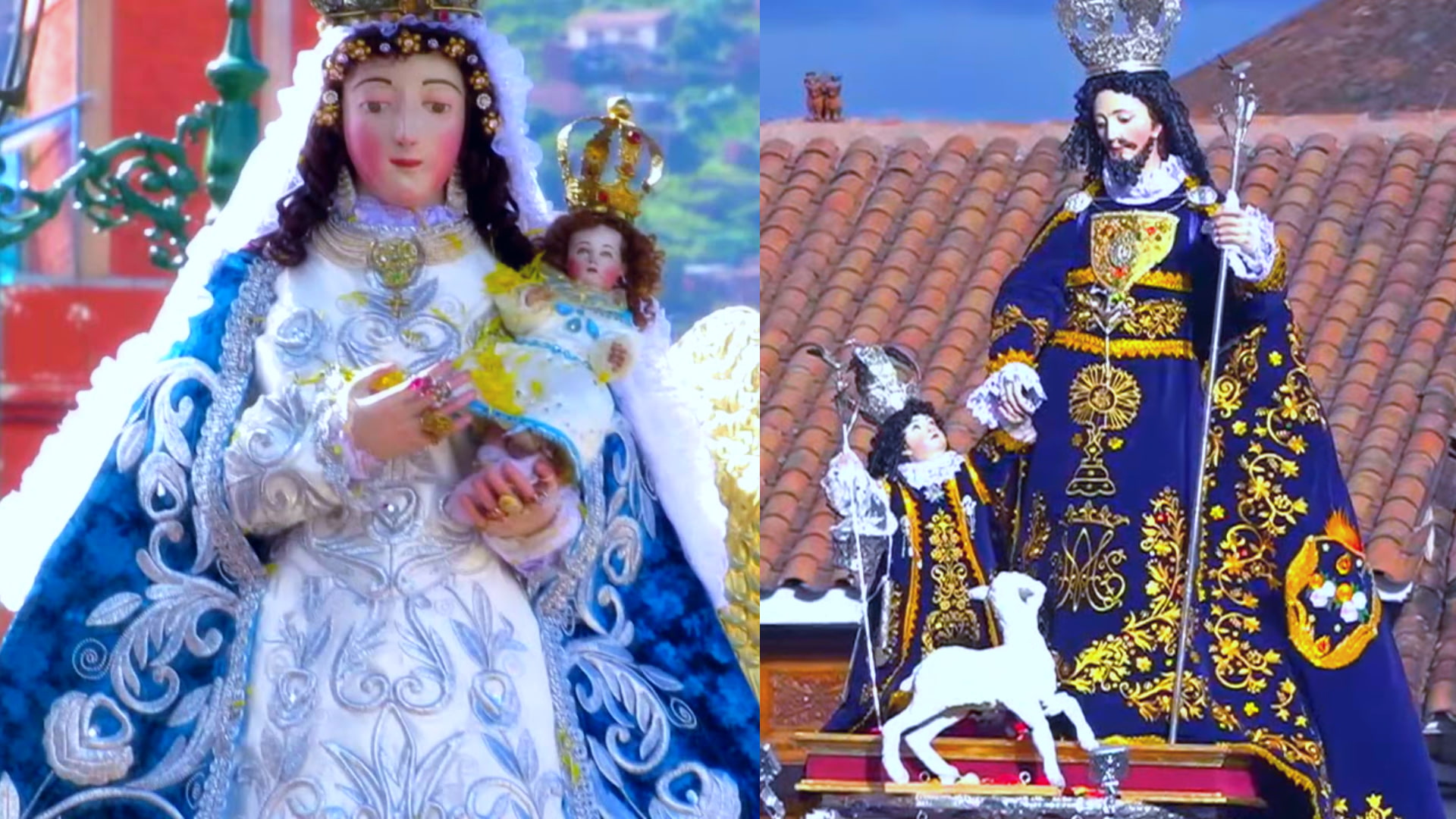
The Processional Entrance: A Majestic Parade
The day before Corpus Christi, each image is honored with a mass in its parish. Then all saints and virgins gather on Santa Clara Avenue to begin the entrance.
They head in procession toward the Cathedral of Cusco, entering through the main door known as the Door of Forgiveness. Saint Joseph waits at the side of the Virgin Bethlehem.
Inside, they are welcomed by the Virgin Immaculate, known as “La Linda,” the host of the cathedral. She does not participate in the procession but receives all the guests.
Once inside, the images are arranged facing each other. Tradition says they meet to symbolically discuss the city’s challenges on behalf of the people.
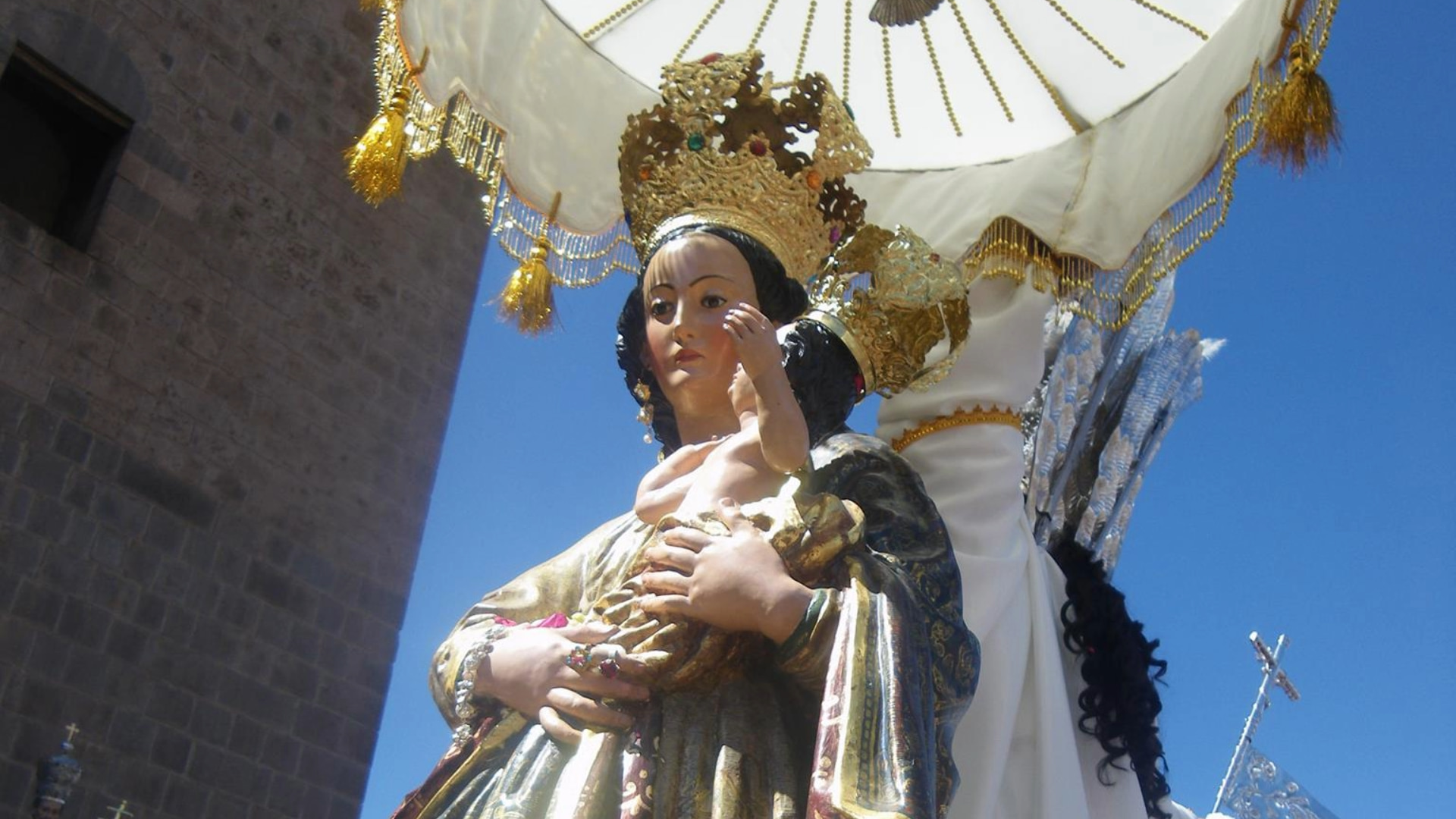
Who Participates in Corpus Christi?
- Saint Anthony the Abbot,
- Saint Jerome,
- Saint Christopher,
- Saint Sebastian,
- Saint Barbara,
- Saint Anne,
- Saint James the Apostle,
- Saint Blaise,
- Saint Peter,
- Saint Joseph,
- Saint John the Baptist,
- Virgin of the Nativity,
- Virgin of the Remedies,
- Virgin of the Purified,
- Virgin of Bethlehem.
Corpus Christi Day: The Central Celebration
The next day, the main Corpus Christi celebration takes place. Civic and religious leaders attend a massive open-air mass in the Cathedral’s atrium.
After the mass, the procession of the Holy Sacrament begins. They carry the golden monstrance, known as “la custodia,” with great solemnity through the streets.
Schools, religious orders, music bands, and believers follow it. The atmosphere is both festive and deeply spiritual.
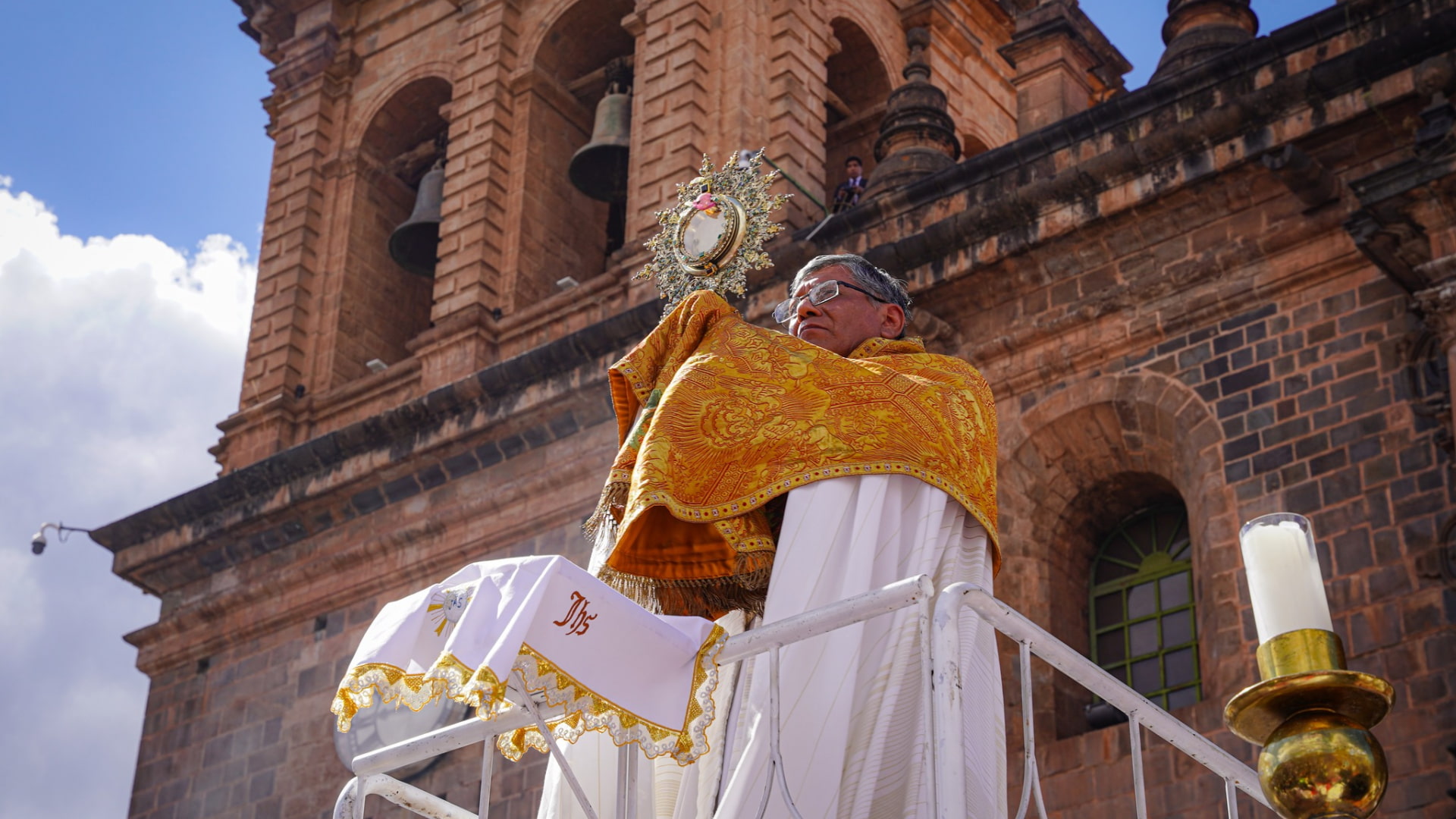
The Taste of Corpus Christi: Chiri Uchu
During the celebration, Cusqueños enjoy their most traditional dish: Chiri Uchu, meaning “cold food” in Quechua. It represents a mix of Andean and Spanish ingredients.
Typical ingredients of Chiri Uchu include:
- Boiled chicken,
- Charqui (dried meat),
- Cuy,
- Fish roe,
- Toasted corn (cancha),
- Seaweed (cochayuyo),
- Chorizo,
- Fresh cheese,
- Sliced rocoto,
- Corn tortilla.
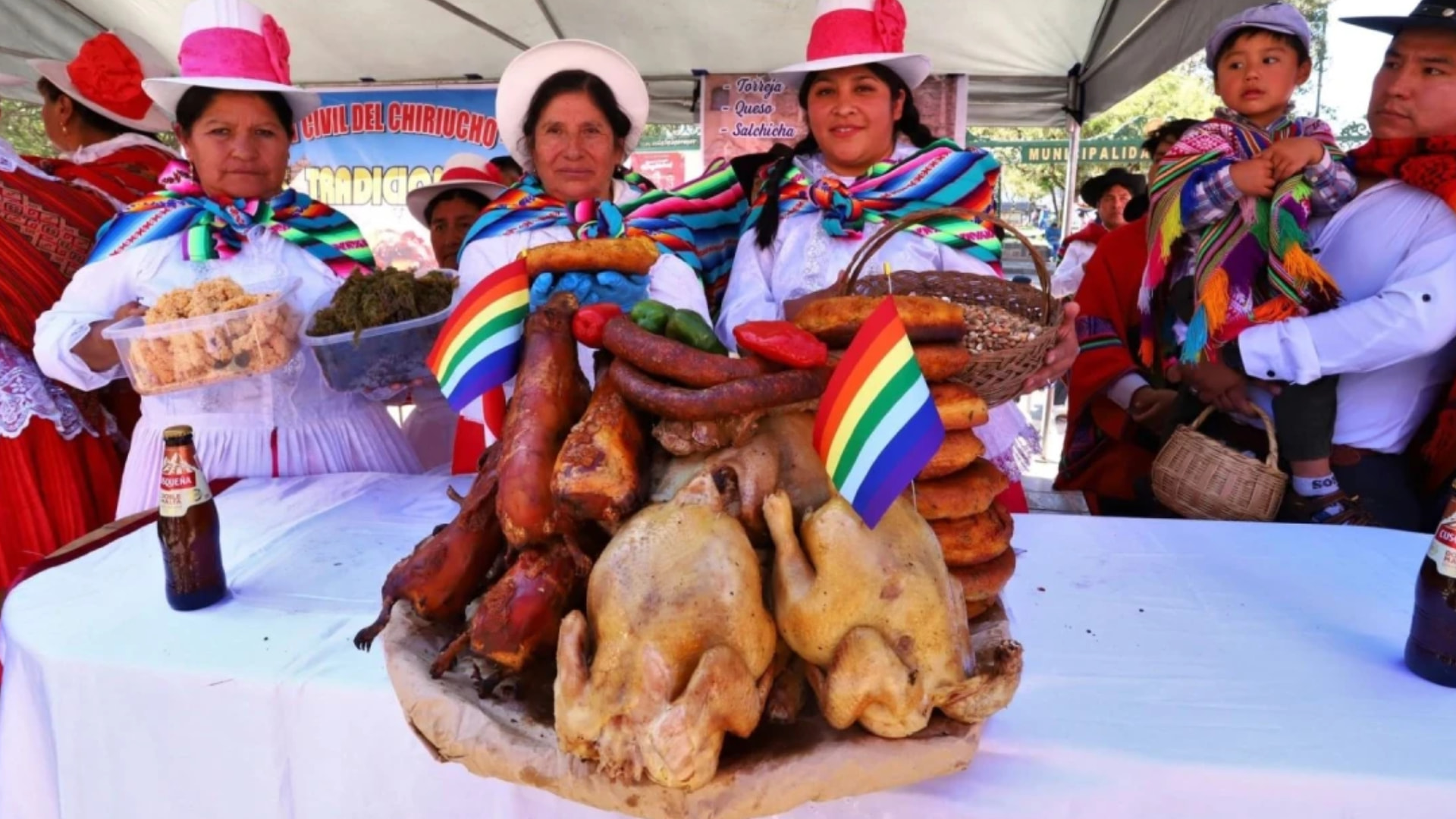
The Octave: The Saints Return Home
Eight days later, another important moment arrives: La Octava. The saints and virgins leave the Cathedral and return to their respective parishes, completing the cycle.
The farewell is equally emotional and festive. For four more days, processions, music, and devotion fill the streets of Cusco.
Why Corpus Christi Is More Than a Celebration
Corpus Christi is not just a religious event, it is a living cultural heritage. It’s a gathering of faith, identity, and history, passed down through generations.
This unique festival brings together Cusco’s neighborhoods in the main square. It’s a celebration where past and present walk hand in hand through devotion.
